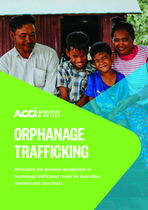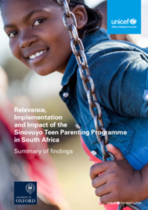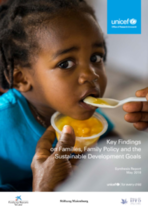Orphanage Trafficking: What does the growing recognition of ‘orphanage trafficking’ mean for Australian charities and churches?
This briefing note has been written to give Australian charities and churches currently engaging with overseas residential care institutions an overview of the issue of orphanage trafficking and an understanding of how to ensure any overseas funding and volunteering supports the best interests of children in line with national and international legal frameworks.




